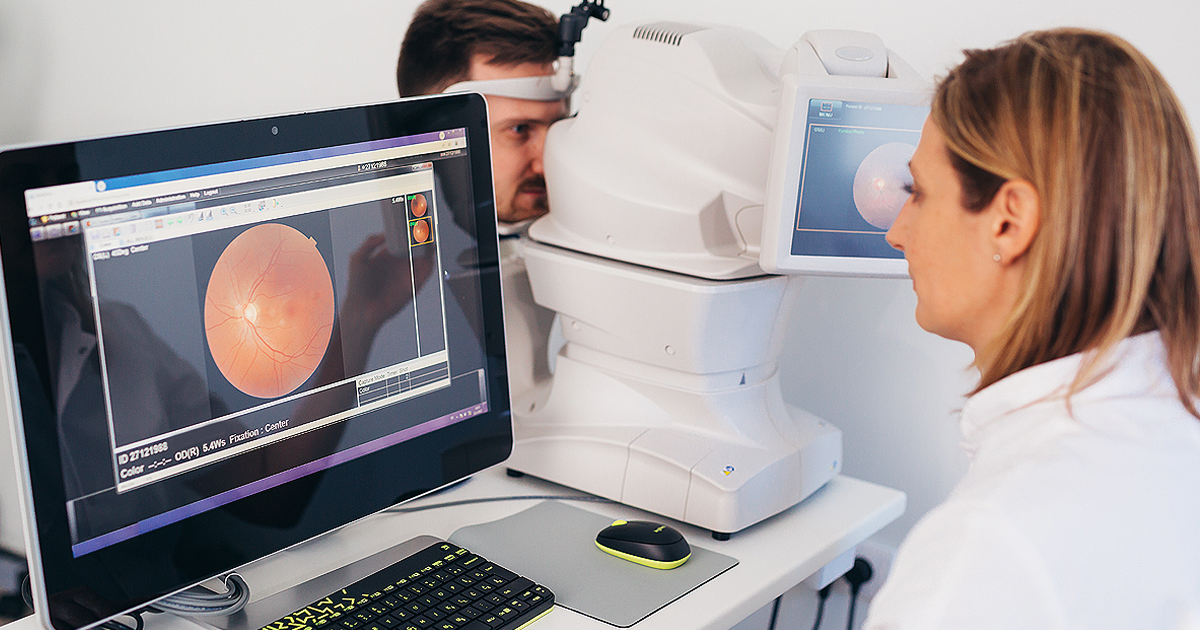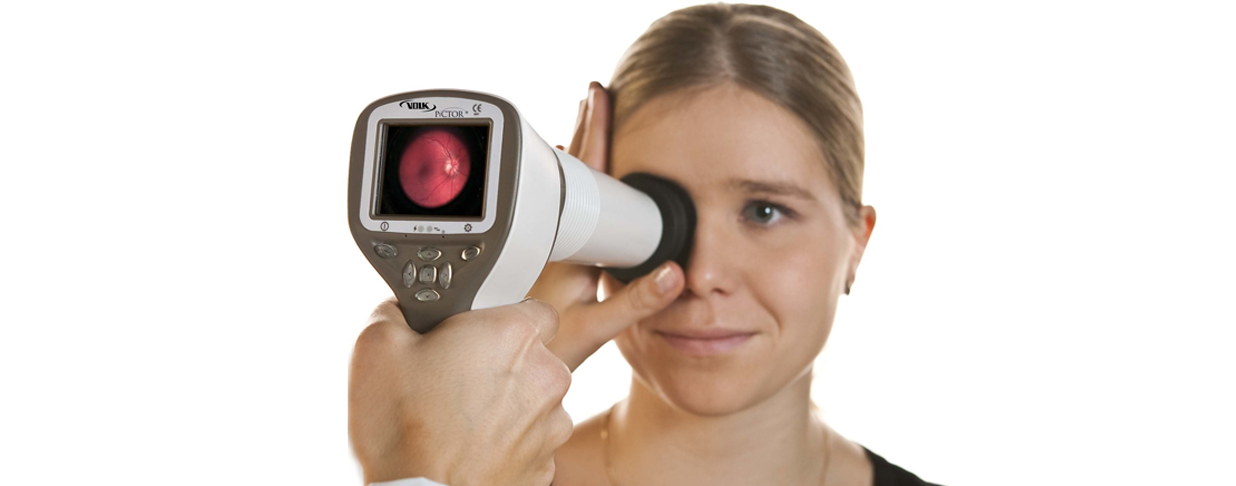Varilux® XR Series™ Lenses: A clear solution
You’ve probably heard about – or maybe you even experience – a condition called presbyopia. Older adults commonly experience this vision impairment, typically requiring readers, bifocals, or progressive glasses.
But readers can be cumbersome, and some people may find it difficult to adjust to bifocals or progressive lenses.
But a progressive lens is now changing that— Varilux® XR™. This new progressive lens learns from and predicts a wearer's vision-related activity. It's a progressive lens experience like never before—a breakthrough made possible by recognizing that the way you see is just as important as your prescription.
What is presbyopia?
Around the age of 40, most people find they have trouble reading things up close... especially in dim light. It's called presbyopia and it’s an inevitable part of aging. An estimated 128 million Americans, or nearly 90% of adults over age 45, are affected by presbyopia.1
Factors that contribute to presbyopia1 can include:
● Aging
● Conditions such as diabetes or cardiovascular disease
● Farsightedness
Many people with presbyopia turn to progressive lenses to achieve clear vision both near and far.
What are progressive lenses?
Unlike bifocals, which provide two optical strengths in a single lens (separated by a visible line), progressive lenses provide a seamless transition between two optical strengths.
Many people prefer progressive lenses because they don't have a hard line through the middle of the lens. They also look more natural and don’t draw as much attention to the lens itself.
Difficulty adapting to traditional progressive lenses
But seeing the world through progressive lenses can be challenging. Common issues reported by those who are adapting to them2 include:
● Nausea
● Headaches
● Blurred vision
Why do these problems occur? Eye movement is multi-directional, but the design of traditional progressive lenses only support linear eye movement, which can make it hard for eyes to change focus rapidly.
Now, there’s a solution: Varilux® XR™ series lenses.
Improved vision3 and first-day adaptability4
The Varilux® XR™ series lens responds to eye movement in a way that no progressive lens has been able to before.
Varilux used AI technology to research 1 million user data points. Then, for each custom lens, digital avatars of the wearer are analyzed in a 3D environment that reproduces real-life scenarios. This process establishes an individual vision profile, which allows lenses to be optimized based on visual behavior, not just a prescription.
Three exclusive Essilor technologies come together in this game-changing solution for presbyopia:
● XR-motion™ optimizes lenses according to both the prescription and the predicted visual behavior, ensuring more fluid and sharp vision.
● Nanoptix® smooths distortion at the periphery of the lens to minimize the unbalancing 'swim' sensation in dynamic situations, like walking up or down stairs.
● Xtend® blends near and intermediate zones of the lens to provide clear vision at arm's length.
It’s changing the way customers see progressive lenses. In fact, 79% of wearers experienced better overall vision than their current progressive lenses3, and 95% adapted to the lenses on the first day4.
Eyewear, evolved
Your eyes make over 100,000 movements a day5 and technology has changed the demands we put on them. Varilux® XR™ series is a progressive lens specifically designed to address the evolution of our vision.
The best news is that EyeMed members have access to the complete line of Varilux® lenses. So, they can select what works best for them—near and far.
To learn more, speak with your EyeMed representative or visit eyemed.com
•••
1 “Presbyopia”; Cleveland Clinic; my.clevelandclinic.org; last reviewed 7/6/2023.
2 Bernstein, Susan; “Get Used to Your New Bifocals and Progressives”; WebMD; webmd.com; last reviewed on 9/1/2023.
3 “For 128 million U.S. presbyopes, doctors of optometry can provide treatment options”; American Optometric Association; aoa.org; April 24, 2023.
4 Essilor International - Varilux® XR series™ - Etude consommateurs test au porté - Eurosyn - 2022 - France (n=73 porteurs de verres progressifs).
5 Varilux® XR series™ – in-life consumer study - Eurosyn – 2022 – France (n=73 progressive lens wearers).
6 Jeff B. Pelz, Ph.D.; “Eye movements in natural tasks: A paradigm for understanding the process of visual perception”; Chester F. Carlson Center for Imaging Science at R.I.T.; www.cis.rit.edu; accessed May 2024.




